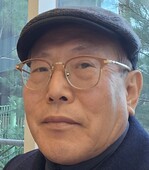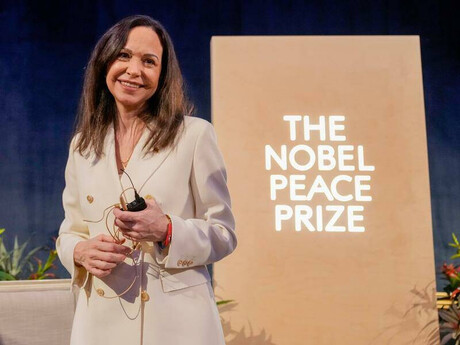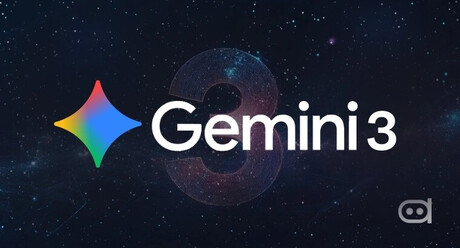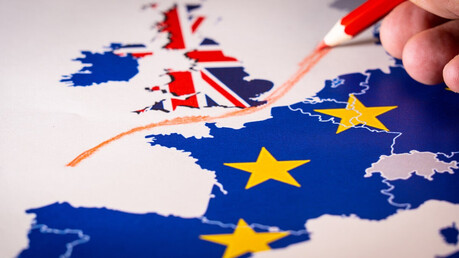
Daejeon, South Korea – A research team led by Professor Mu-Seok Jang at the Department of Bio and Brain Engineering at the Korea Advanced Institute of Science and Technology (KAIST) has developed a groundbreaking technique to restore distorted images corrupted by severe noise. This innovative approach combines adaptive filtering with generative artificial intelligence models, offering significant advancements in image restoration for various fields, including medical imaging and semiconductor manufacturing.
The research, conducted in collaboration with Samsung Electronics' Semiconductor Research and Development Center, addresses the ubiquitous challenge of deconvolution, a process that aims to restore blurred or distorted images. Whether it's a blurry smartphone photo or a microscopic image of cells, deconvolution plays a critical role in enhancing image quality.
In fields like biology and semiconductor manufacturing, the quality of images is paramount. For instance, fluorescence microscopy, which visualizes cellular structures at the molecular level, often produces blurred images due to factors like scattering and diffraction. Similarly, in semiconductor manufacturing, electron microscopes used to detect minute defects in production processes can produce blurry images due to electron beam instability.
The KAIST research team recognized that while the causes of image blurring vary — such as motion blur, light scattering, and electronic instability — the underlying mathematical problem of restoring sharpness remains consistent. They focused on the challenge of balancing noise suppression and sharpness enhancement, particularly in images with high noise levels.
To address this challenge, the team developed a novel approach based on Wiener deconvolution. By integrating adaptive noise suppression variables and a generative AI model, the researchers were able to effectively remove noise while preserving image details.
"Our research offers a promising solution for restoring images that have been severely degraded by noise," said Professor Jang. "This technology has the potential to revolutionize various fields, from medical imaging to industrial quality control."
[Copyright (c) Global Economic Times. All Rights Reserved.]






























